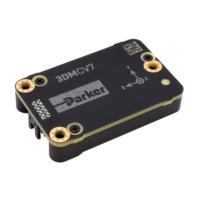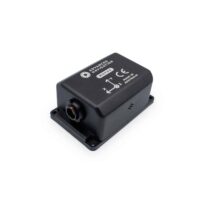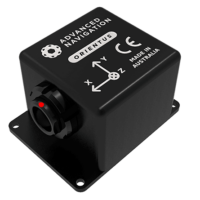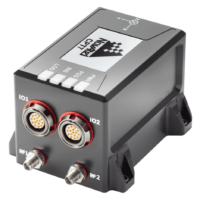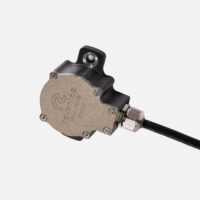Mil-Spec Position Sensor Technology
Position sensors report mechanical position, either in the form of absolute position, which is a location within a framework, or relative position, which is a displacement from a specified starting point. They may measure position in terms of linear, angular or rotary movement.
Position sensors may be used for a variety of applications in military vehicles and systems. Linear position sensors are used in the control of aircraft flight surfaces, measurement of brake wear, and monitoring of the position of vehicle systems such as steering and transmission. Rotary position sensors are used to measure the speed of helicopter blades, the position of armored vehicle turrets, and the position of rotating shafts within engines and other mechanical systems. Angular position sensors may be used to measure the movement of pedals or of mechanical arms.
Position sensors may utilize a number of contact or non-contact technologies. Non-contact position sensors have the advantage of longer lifespan due to less wear and fewer moving parts, and may also be more resistant to dust and sand.
Inductive
Inductive position sensors are solid-state devices that can measure how a metallic object interacts with a magnetic field, using this to detect the position of the object. Due to being non-contact sensors, they are easy to install and use no moving parts. The magnetic field is also not affected by water, dust or sand.
Hall effect
Hall effect position sensors make use of a phenomenon whereby a magnetic field interacting with current flowing through a conductor produces a voltage that can be measured. While they are non-contact sensors, they use a magnet as an actuator and so may be susceptible to magnetic interference.
Optical
Optical position sensors operate either by using a receiver to directly detect a beam of light emitted from the other end of a sensor, or by detecting reflections from the emitted beam of light. A change in some characteristic of the light beam, such as wavelength, phase or intensity, can be translated into position information.









